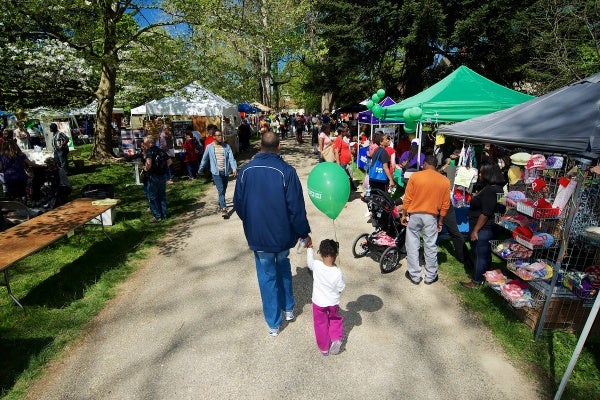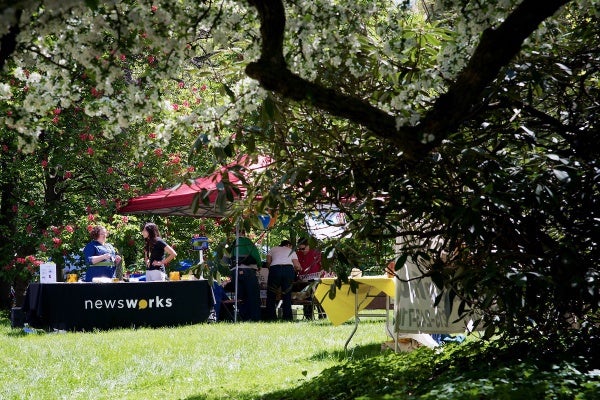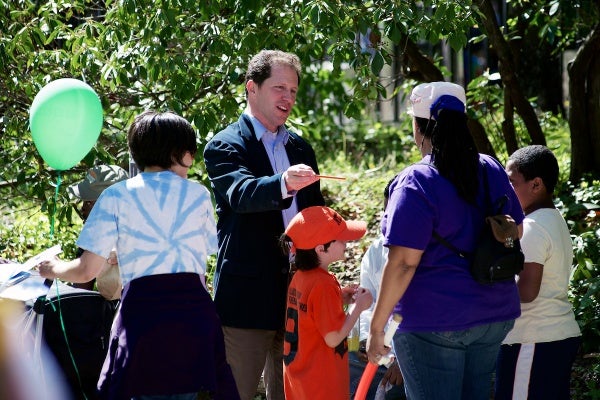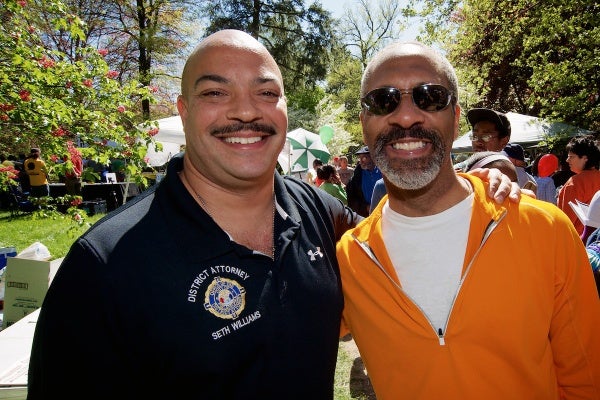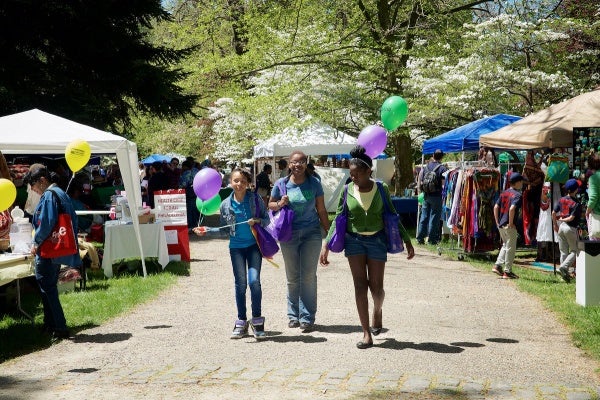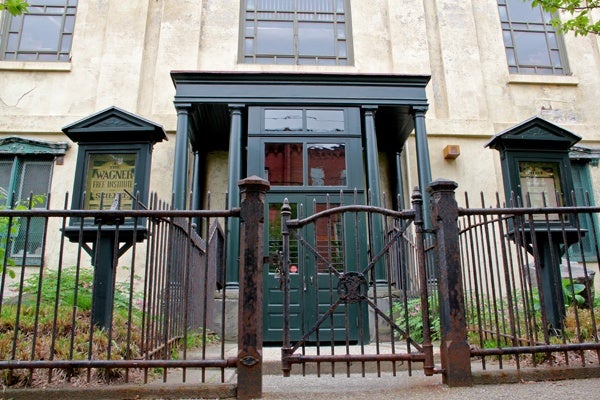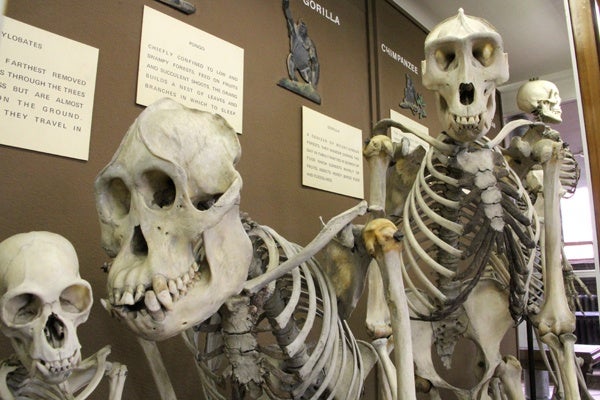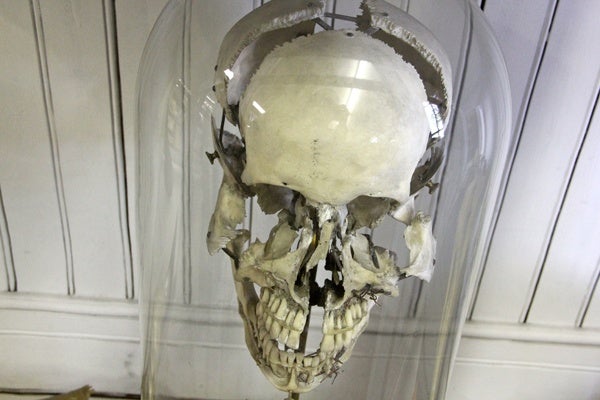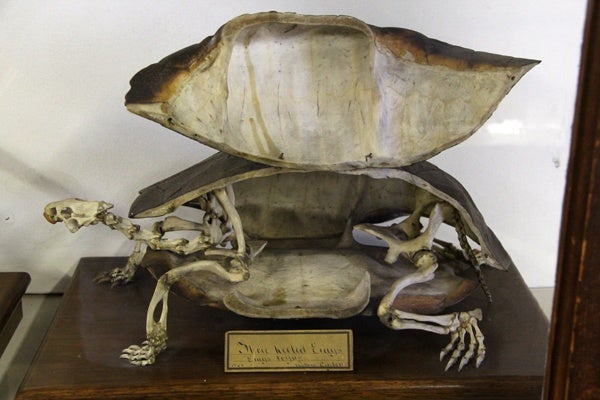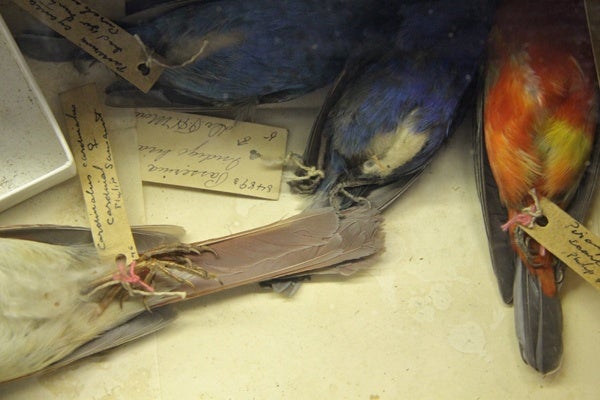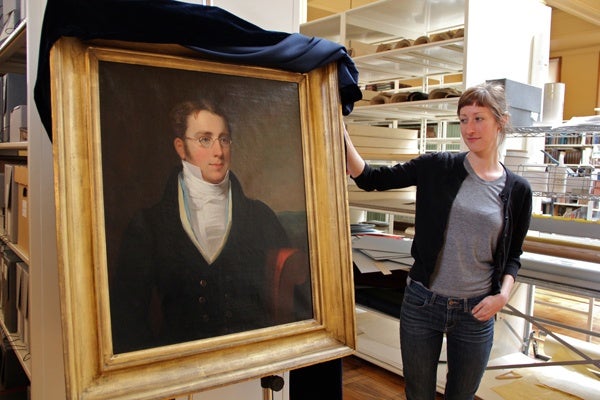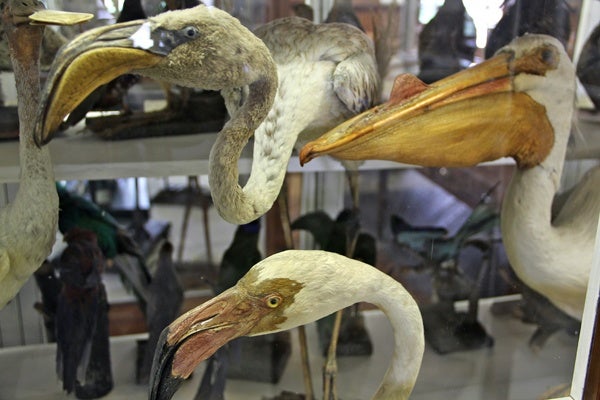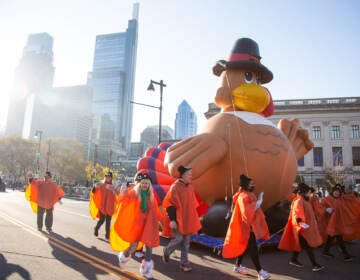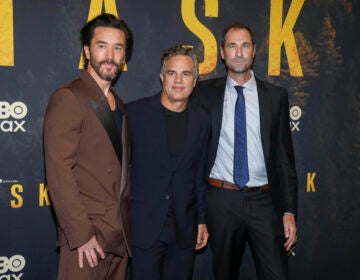Penn professor explores the history of Philly’s museums
Early humans drew on cave walls; ancient Egyptians preserved cultural relics in pyramid tombs; and wealthy Renaissance men displayed curiosities in cabinets. But a thing known as a “museum” first emerged in Philadelphia.
Charles Willson Peale was a Colonial artist and scientist whose far-ranging interests produced a hodgepodge of artifacts: portraits, mastodon bones, stuffed birds, plant specimens. He assembled it as the Philadelphia Museum in 1786.
Other museums quickly followed: the Pennsylvania Academy of the Fine Arts, the Academy of Natural Science, the Franklin Institute, the Philosophical Society.
“This is the period of of time in which human beings figured out how to change the world,” said David Brownlee, a professor of architectural history at the University of Pennsylvania. “Museums were one of the tools that this changing society invented in order to further it on into the future.”
Some of those 19th century museums have a hard time shaking off their cultural and philosophical origins. The Philadelphia History Museum at the Atwater Kent just spent millions on renovating both its space and its collection. The Wagner Free Institute of Science in North Philadelphia proudly wears its outdated 19th century layout on its sleeve. The Barnes Foundation — established in the early 20th century — just wrestled itself out of its Lower Merion home and the charter that kept it there for 90 years.
Brownlee will discuss “Philadelphia, the Museum City,” on Wednesday in the Wagner’s antique, 500-seat auditorium, 1700 W. Montgomery Ave. Listen to WHYY reporter Peter Crimmins as he walked with Brownlee through the Wagner Free Institute of Science.
WHYY is your source for fact-based, in-depth journalism and information. As a nonprofit organization, we rely on financial support from readers like you. Please give today.


